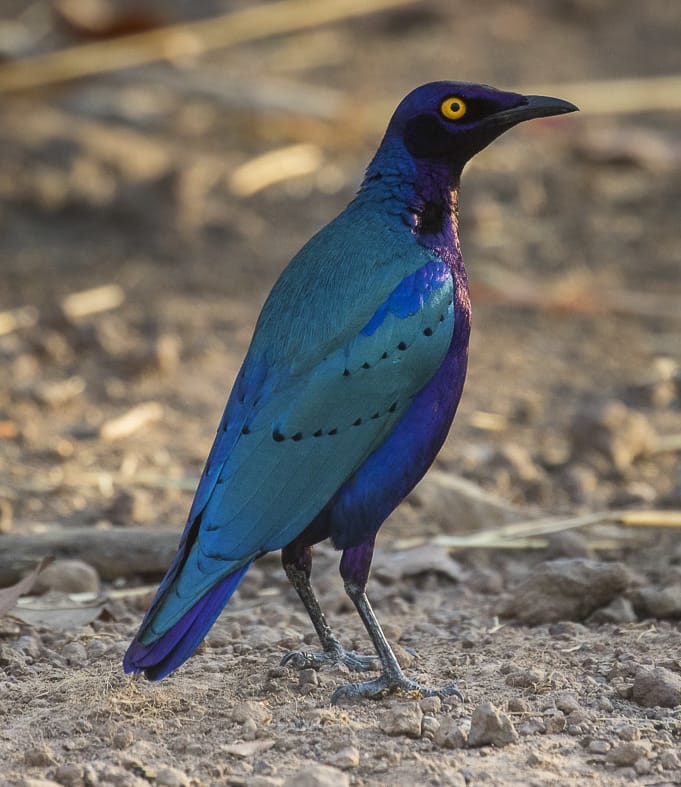
The greater blue-eared starling, or greater blue-eared glossy-starling, is a bird that breeds from Senegal east to Ethiopia and south through eastern Africa to northeastern South Africa and Angola. But while these vibrant birds and their millions of avian kin fill the skies with song, a curious question lingers: where do birds go when they die? We rarely see them fall from the sky, and finding a deceased bird feels like an uncommon event.
The answer to this feathered mystery lies in a combination of factors that contribute to the invisibility of avian death.

Firstly, birds, particularly smaller species, have a distinct advantage in decomposition. Their lightweight bodies, with hollow bones and minimal fat, decompose rapidly – often within a few days. This swift process is aided by scavengers and decomposers like insects and bacteria, leaving little behind.

Nature has also devised its own efficient disposal system. Scavenger birds like vultures, crows, and hawks play a crucial role. They actively seek out deceased animals, including birds, consuming most of the remains and leaving minimal traces.

Additionally, birds often meet their demise in concealed locations. When they’re weak or sense their end is near, they might retreat into bushes or undergrowth. Predators, too, may take their prey to secluded areas to consume them. These hidden deaths further contribute to the rarity of finding deceased birds.

Finally, unlike dramatic Hollywood portrayals, birds don’t typically succumb to old age or heart attacks mid-flight. As they weaken, they’re less likely to take flight, making a fatal fall from the sky even less common.
So, the next time you listen to the beautiful chorus of birdsong, remember the silent efficiency of nature’s cycle. While millions of birds grace the skies, the swiftness of decomposition, the work of scavengers, and the birds’ tendency to die in hidden spots ensure that their final moments remain unseen by most.

Leave a Reply